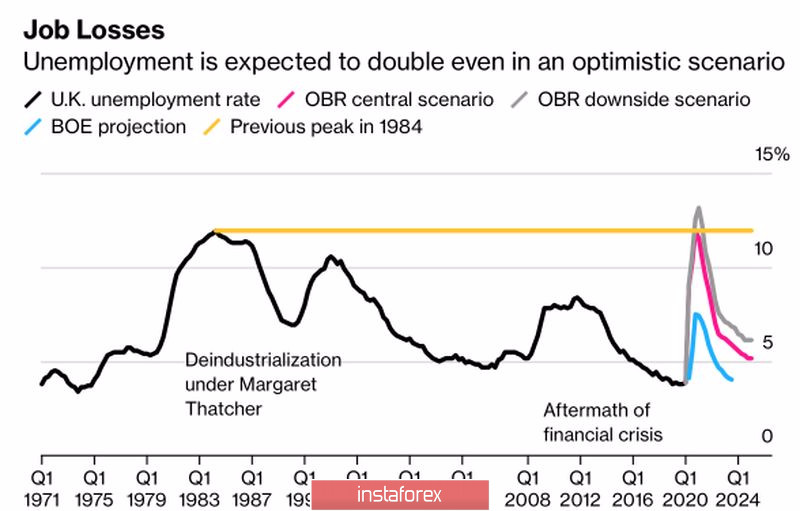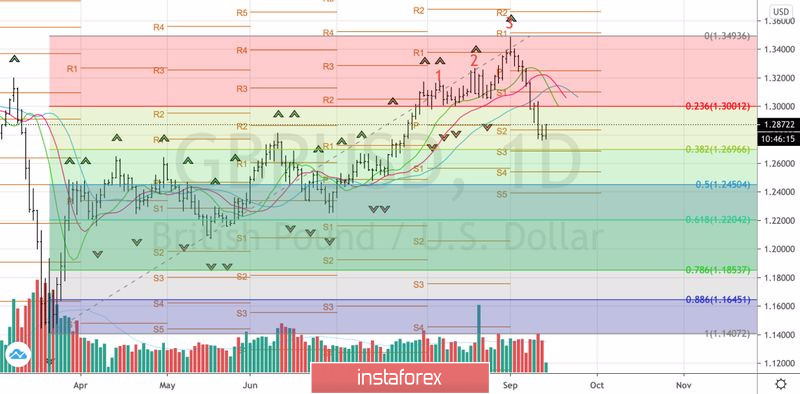The British pound had its worst week since the March sell-off after it became known that the draft law on the domestic market is not a joke. Boris Johnson intends to use it to cancel some of the terms of last year's separation agreement with the EU, making them optional. It seems like Johnson is not afraid of criticism from the international community, or the ultimatum of Brussels, which threatened to sue for violation of contractual obligations. At the same time, neither strong GDP statistics nor news of a trade agreement with Japan could help the sterling.
The September GBP / USD sell-off can really be compared to a wake-up call. Until the beginning of autumn, investors ignored the risks of a no-deal Brexit, but rumors about Britain's violation of the agreement with the EU brought them out of hibernation. As a result, the pound fell to the lowest level in five and a half months against the US dollar and to the semi-annual bottom against the Euro, but this is far from the limit. Nomura believes that the GBP / USD pair can dive to 1.18, and EUR / GBP can grow to 0.98. The power reserve is still large, and the rise in sterling at the beginning of the week by September 18 is nothing more than the hope that Boris Johnson's bill will not be approved by the parliament. Johnson certainly has a lot of critics, but if the lawmakers support the Prime Minister, the picture will become quite gloomy. A sharp increase in the monthly volatility of the pound and a decrease in the risks of a GBP/USD reversal indicates that the situation is tense to the limit.
Dynamics of GBP / USD reversal risks:

But sterling will face a very busy week in terms of the economic calendar. Releases of data on the labor market, inflation, and retail sales, as well as the meeting of the Bank of England, riveted heightened attention. However, judging by the lack of reaction of the pound to the GDP growth of 6.6% in July, we can assume that the statistics will only give a hint about the mood of the bears. If strong data does not lead to an increase in GBP / USD, and weak data accelerate sales, the situation is completely under the control of sellers.
As for the Bank of England, none of the 21 Bloomberg experts expect it to take action. The REPO rate will remain at 0.1%, while the QE volume will remain at £750 billion. At the same time, the risks of a disorderly Brexit, the second wave of COVID-19, and the termination of programs to support the unemployed population are fraught with serious problems. Of particular concern is the labor market, where even in the most optimistic scenario, unemployment should be expected to double.
UK unemployment forecasts:

It is possible that the GBP/USD pair has reached the maximum bearish mood. You make threats and create the risk of a crisis just to get concessions. Signs that Boris Johnson's latest actions are nothing more than bluster may be the catalyst for a quick rebound in sterling.
Technically, only a rebound of the GBP / USD above 1.3 will allow us to think about buying. On the contrary, the renewal of the September low will give reason to open short positions with targets at 1.269 and 1.257.
GBP / USD daily chart:






















